Pectoralis major muscles :- Origin, Insertion, Exercise
Table of Contents
What is pectoralis major ?
The pectoralis major muscles is a thick, fan-molded or three-sided focalized muscle, located at the chest of the human body. It builds up the majority of the chest muscles and lies under the breast. The pectoralis major is the pectoralis minor, a flimsy, three-sided muscle. The pectoralis major’s primary functions are flexion, adduction, and internal rotation of the humerus.
It emerges from the foremost surface of the sternal portion of the clavicle from expansiveness of the portion of the front surface of the sternum, a slow down as the connection of the ligament of the 6th or seventh rib; from the ligaments of the multitude of genuine ribs, with the exception,frequently, of the first or seventh, and from the aponeurosis of the stomach outer slanted muscle.
It consists of two laminae :-
The first lamina, which is thicker, gets the clavicular and the most elevated sternal fibers. They are implanted in a comparative solicitation as that where they emerge: the most sidelong of the clavicular strands are embedded at the upper piece of the front lamina; the highest sternal filaments pass down to the lower part of the lamina which reaches out as low as the ligament of the Deltoid and gets together with it..
The posterior lamina of the tendon receives the attachment of the greater part of the sternal portion and the deep fibers, i. e., those from the costal cartilages.
These profound filaments, and especially those from the lower costal ligaments, rise the humerus inclusion higher, turning in reverse progressively behind the shallow and upper ones, with the goal that the ligament seems, by all accounts, to be curved. The back lamina comes to higher on the humerus than the foremost one, and from it an extension is emitted which covers the intertubercular notch of the humerus and mixes with the case of the shoulder-joint.
Where is the pectoralis major located ?
Pectoralis major muscle is located at the at the upper part of the chest and is ends to a ridge at the rear of the humerus (the bone of the upper arm).
The muscle is the superior most and largest muscle of the anterior chest wall. It is a thick, fan-shaped muscle that located underneath the breast tissue and forms the anterior wall of the axilla.
Pectoralis major origins :-
The pectoralis major muscle muscle consists of three parts :-
- The clavicular part originates from the anterior surface of the medial half of the clavicle.
- The sternocostal part originates from the anterior surface of sternum and the anterior aspects of the costal cartilages of ribs 1-6.
- The smallest, abdominal part originates from the anterior layer of the rectus sheath.
Pectoralis major insertion :
The Pectoralis major muscle fibers from all three parts pass laterally, converging towards the proximal humerus. They give off a broad tendon that inserts along the crest of the greater tubercle of humerus
The upper & lower fibers of muscle insert at the crest of greater tubercle of the humerus. Upper fibers are more anterior and caudal on the crest, while posterior fibers twist on themselves and are more posterior and cranial than the upper fibers.
Pectoralis major muscles Nerve supply :-
The pectoralis major gets two engine innervation by the average pectoral nerve and the parallel pectoral nerve, otherwise called the horizontal front thoracic nerve.
- The sternal head gets innervation from the C7, C8 and T1 nerve roots, through the lower trunk of the brachial plexus and the average pectoral nerve.
- The clavicular head gets innervation from the C5 and C6 nerve roots through the upper trunk and horizontal string of the brachial plexus, which radiates the sidelong pectoral nerve. The parallel pectoral nerve is circulated over the profound surface of the pectoralis major.
Blood supply :-
The pectoralis major muscle Blood supply is the pectoral branches of thoraco acromial artery and the perforating branches of internal thoracic artery.
What does pectoralis major do ?
Pectoralis major muscle do mainly are adduction of shoulder joint or depression of the arm and rotation of the arm forward about the axis of the body (Internal rotation).
Pectoralis major muscles Function:-
At the point when the arm is the physical position, the pectoralis significant goes about as a solid adductor and internal rotation of the shoulder joint at the shoulder joint. Acting autonomously, the clavicular piece of the muscle flexes the humerus up to 90 degrees in a flat plane. The sternocostal part of the muscle can deliver the adversarial development and stretch out the humerus back to the physical position.
Acting together with the of latissimus dorsi muscle, the pectoralis major muscle pulls the trunk forwards or upwards when its humeral attachment is fixed. This action is important in activities such as climbing. When acting from the humeral attachment, the pectoralis major muscle also facilitates the act of inspiration. This is particularly important during forced breathing in physical distress.
Antagonist for pectoralis major :
- Deltoid muscle
- Trapezius muscle
- The Deltoid muscle is a thick, triangular shoulder muscle.The deltoid muscle (acromial part) is the main abductor of the arm at the glenohumeral joint (Shoulder joint).
- The trapezius muscle is a large paired surface muscle that extends longitudinally from the occipital bone to the lower thoracic vertebrae of the spine and laterally to the spine of the scapula.The main function of the trapezius is stabilizing the scapula in its anatomical place, as well as controlling it during movements of the shoulder and upper limb.
Pectoralis major exercises :
Pectoralis major exercises is divided mainly two types of Exercise :
- Pectoralis major strengthening exercises
- Pectoralis major stretching exercises

Pectoralis major Stretching exercise:-
- Doorway Pectoral Stretch :
Stand beside a door frame or corner of a wall. Keeping your back straight and your inner core engaged, bring your arm up against the wall with the elbow and shoulder bent at 90 degrees. With the arm planted on the wall, draw your opposite shoulder back followed by your torso in a straight line. Keep the back straight and core engaged. Hold this for 30 seconds and repeat 3 times on each side 2 times per day.

2) Camel Pose:
Kneel on the floor with knees hip-width apart and your hands on your waist. Tuck your toes or place them flat against the floor. Slowly reach back and place one hand on each heel. Keep your chest lifted, shoulders back and down, engage your core and slowly push your hips forward. Hold for 15-20 seconds and repeat 3 times.
3) Hands Behind the Back:
Stand tall with your feet shoulder-width apart. Interlace your fingers behind your back and straighten your arms. Keep your chest lifted and pull your shoulder blades downward. Hold for 15-20 seconds and repeat 3 times.


4) Floor Angels:
In supine position with feet hip-width apart and flat on the floor. Position both arms to the side at a 90 degree angle with palms facing upwards toward the ceiling. Keeping in contact with the floor at all times, slowly bring your arms up over your head until they are fully extended. Then slowly bring both arms back to the 90 degree starting position. Repeat 10 times for 3 sets. Remember to keep your back flat against the floor and ribs tucked at all times
Pectoralis major Strengthening exercise:-
1.Push-Ups:-
Begin this Exercise in the push-up position as demonstrated (figure 3). Keeping your back and neck straight, slowly straighten your elbows until they are straight tightening the pectoral muscles, then return to the starting position. Perform 3 sets of 10 repetitions provided the exercise is pain-free.
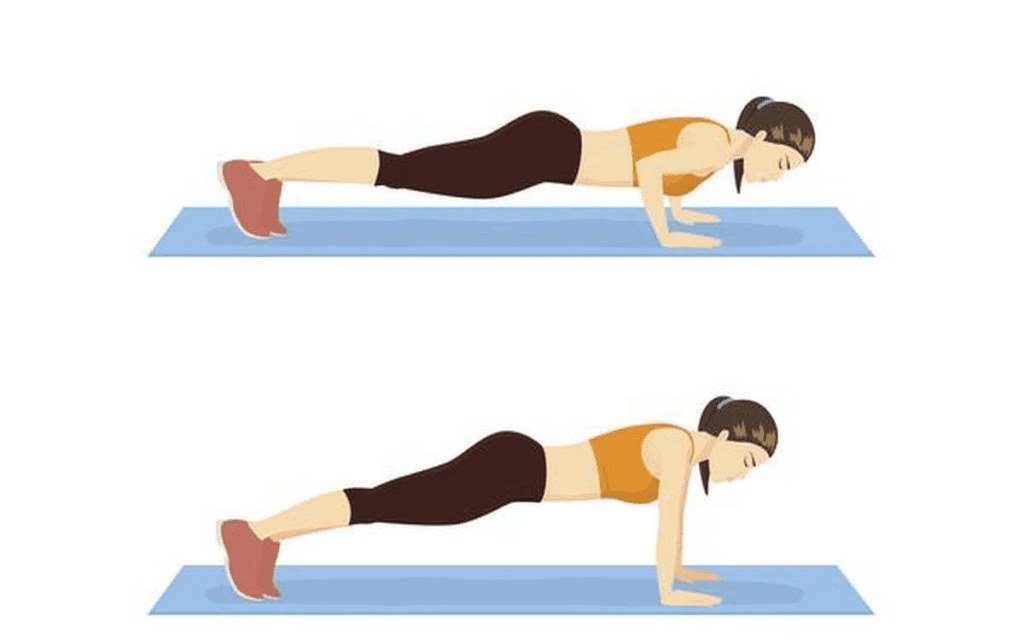
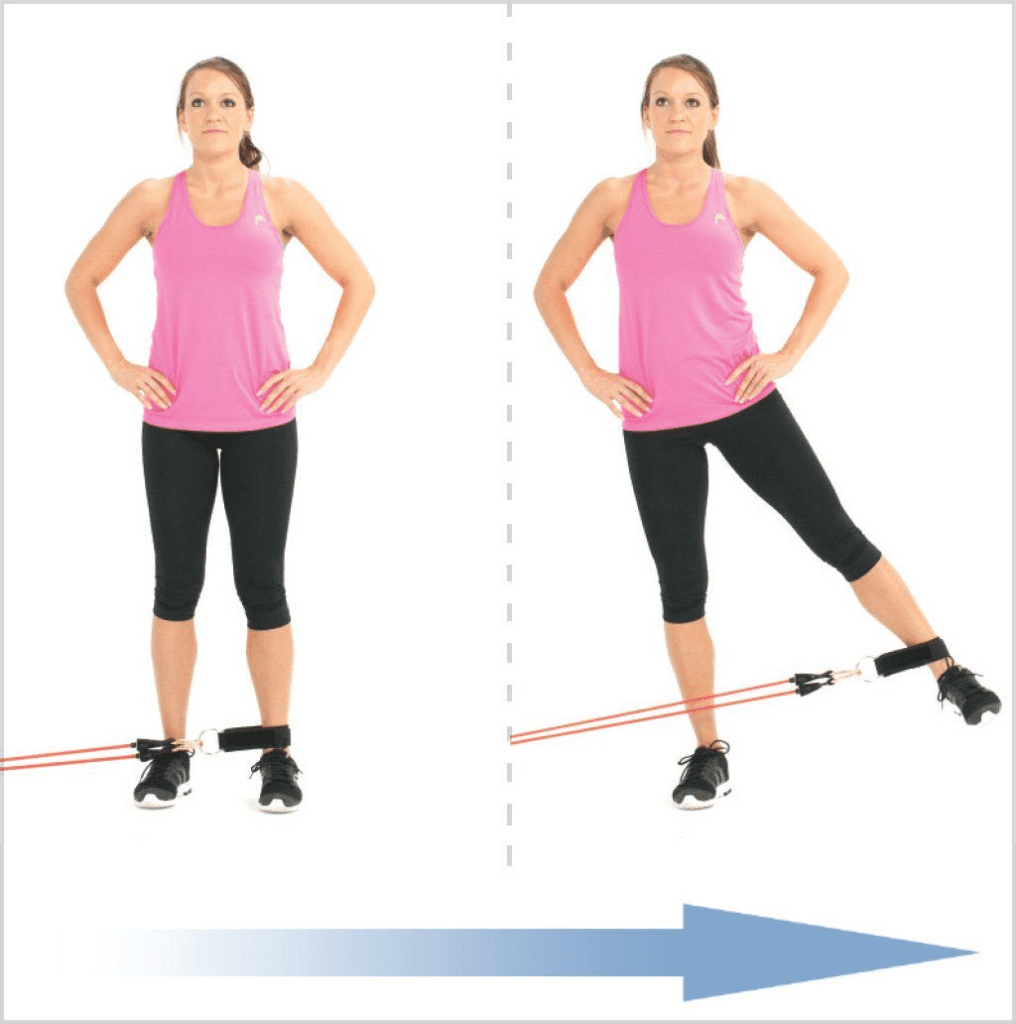
2.Resistance Band Adduction:-
Begin this exercise in standing or kneeling with your back straight and holding a resistance band as demonstrated (figure 4). Keeping
your back and elbows straight, slowly pull the resistance band to your hip as shown, tightening your pectoral muscles. Perform 3 sets
of 10 repetitions provided the exercise is pain free.

3.Pectoral Dumbbell Pull on Swiss Ball:-
Slowly take your arms overhead and then slowly return to the starting position tightening your pectoral muscles. Perform 3 sets of 10
repetitions provided the exercise is pain free.
Clinical Importance :-
Pectoralis major strain :
Pectoralis major strain is most commonly caused by an indirect mechanism, such as forced abduction against resistance, involuntary contraction, and severe traction on the arm. In weight lifting, the injury occurs during the eccentric phase of contraction,Patients may feel a “pop” or tearing sensation as they move from maximal eccentric contraction to concentric contraction.
Observations indicate that the injury tends to occur at low speeds with the arms abducted and externally rotated, placing the inferior fibers at maximal stretch., during the bench press, the lower sternal head fibers are subjected to an inordinate amount of stress and are the first fibers to rupture.
Treatment :
Nonsurgical treatment :-
Nonsurgical treatment may be sufficient, even for complete tears, because repair of this muscle is not necessary for performing normal activities of daily living.
Complete tears and fractional tears, leave the individual with a cosmetically deforming lump or imperfection and a huge strength shortfall.
mending and return of practical strength might be slow,Patient age, movement level, and wants, kind of tear, are essential to decide the appropriate technique for care. Albeit some incomplete tears can be overseen nonsurgically,but enlarging, and delicacy make it hard to the degree of the injury in the intense stage. The patient is adviced in sling for solace and is coordinated to take rest and take. The patient started with early shoulder activation and extending works out, then, at that point, adviced for opposed reinforcing practices when versatility is typical and torment has improved, generally following 6 to about two months after injury.

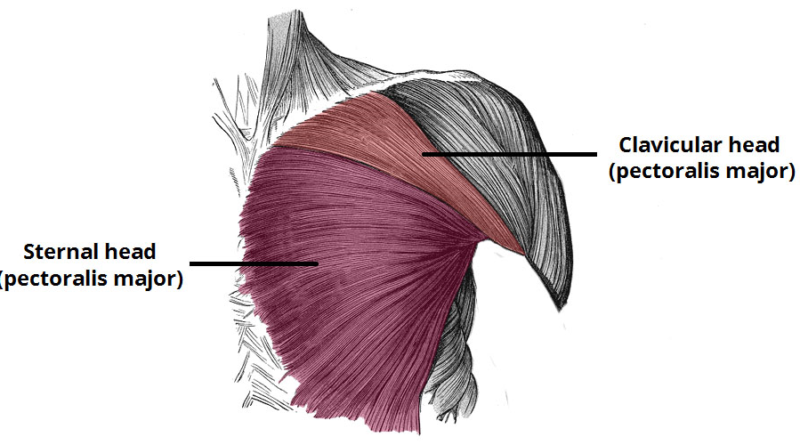
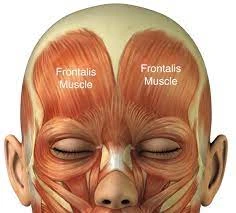
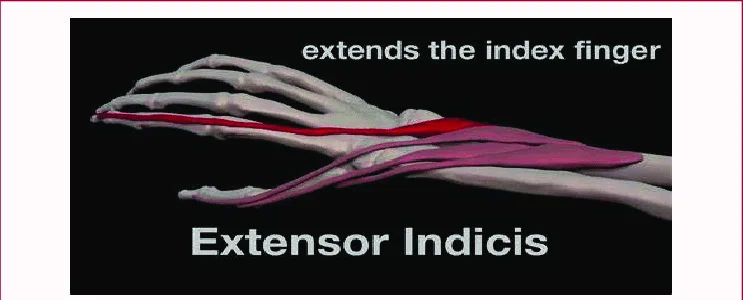
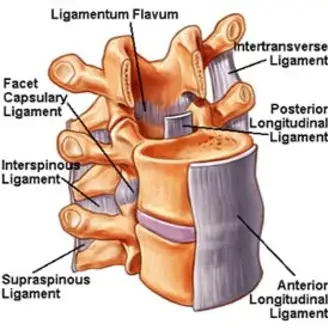
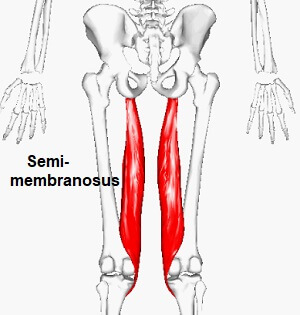
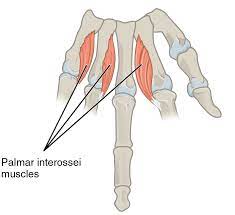
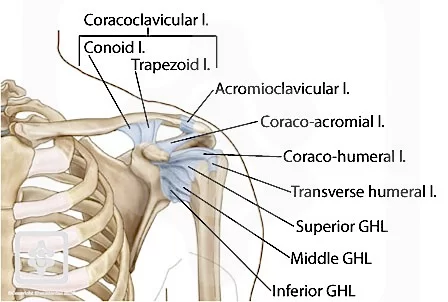
12 Comments